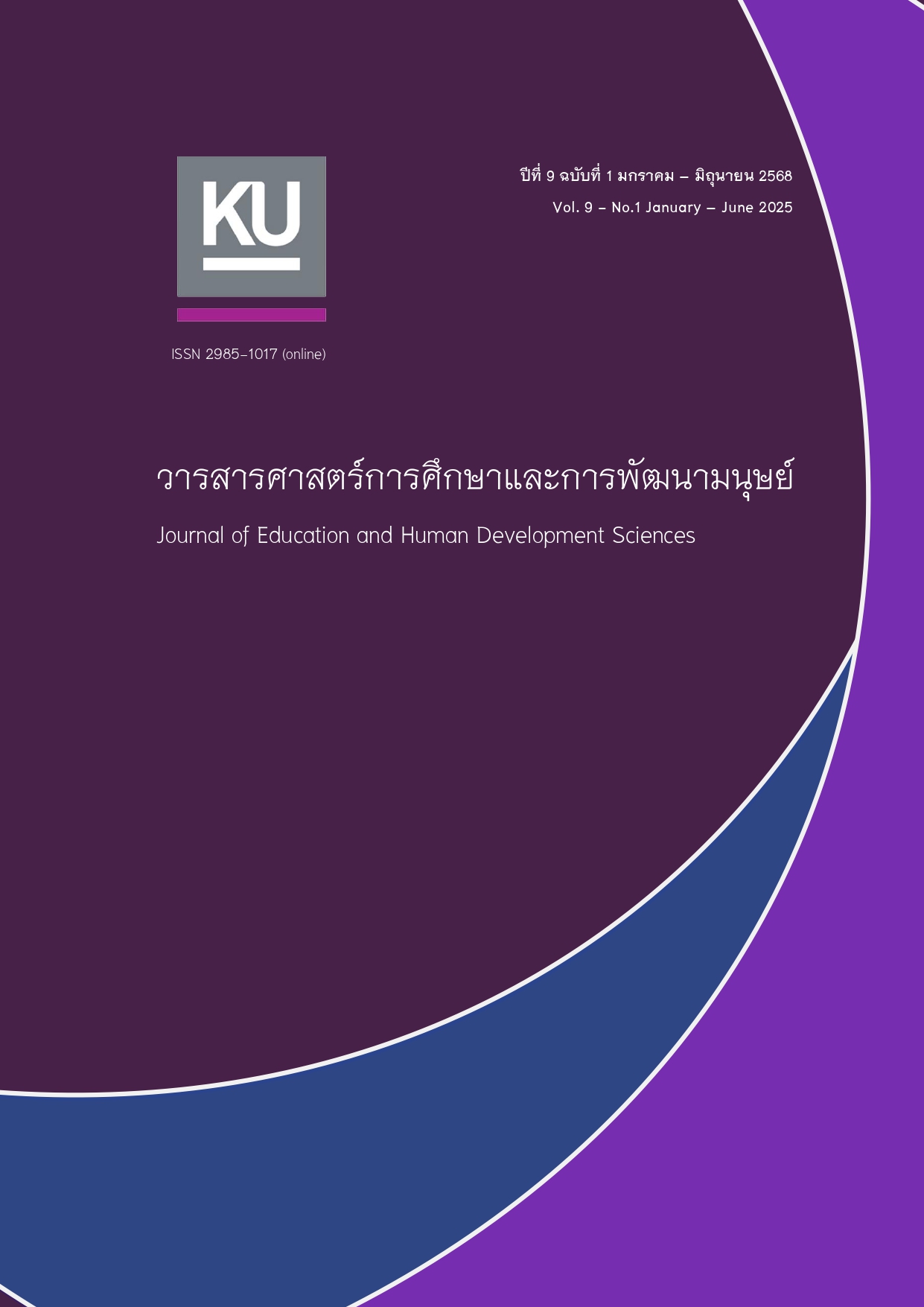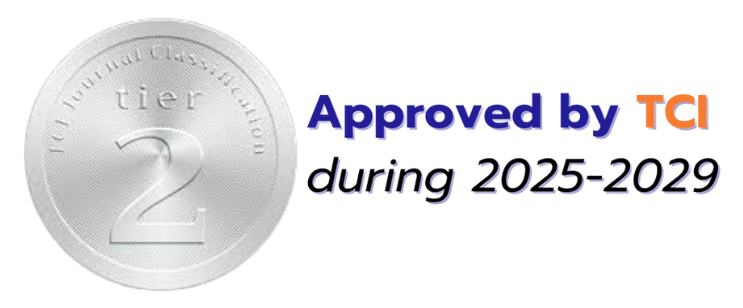Social and Emotional Competences of Technical and Vocational Education and Training students
DOI:
https://doi.org/10.56825/jehds.2025.915385Keywords:
Technical and Vocational Education and Training, Social Emotional CompetenciesAbstract
The aim of this study was to understand the current state of emotional and social skills of vocational students. We collected preliminary data of Technical and Vocational Education and Training (TVET) students. The sample consisted of 136 vocational students at the vocational certificate level and higher vocational certificate level. The study used Non-probability Sampling Methods. The data collection tool is a social and emotional competency assessment questionnaire that measures five characteristics as follows: 1) self-awareness, 2) understanding or social awareness. 3) emotional management, 4) relationship skills, and 5) taking responsibility for decisions. The data is analyzed using the mean and standard deviation.
The study found that students had the highest level of social and emotional competency in relationship skills ( = 5.1, S.D. = 1.1), followed by self-awareness ( = 4.9, S.D. = 1.1), responsible decision-making ( = 4.9, S.D. = 1.1), emotional management ( = 4.5, S.D. = 1.3), and social awareness ( = 4.4, S.D. = 1.2), respectively.
When compared to studies conducted abroad, Thai students tend to rate themselves higher in social and emotional skills. However, both in Thailand and other counties, the trend is similar—students generally score higher on awareness of their own emotions than on understanding the emotions of others.
Downloads
References
Asendorpf, J. B., & Baudonnière, P. M. (1993). Self-awareness and other-awareness: Mirror self-recognition and synchronic imitation among unfamiliar peers. Developmental Psychology, 29(1), 88–95.
Beland, K. (2007). Boosting social and emotional competence. Educational Leadership, 64(7), 68-71.
Carver, C. S., & Scheier, M. F. (1981). Attention and self-regulation: A control-theory approach to human behavior. Springer-Verlag.
Collaborative for Academic, Social and Emotional Learning [CASEL]. (2003). Safe and sound: An educational leader’s guide to evidence-based social and emotional learning (SEL) programs. Collaborative for Academic, Social, and Emotional Learning. https://casel.org/safe-and-sound-guide-to-sel-programs/
Durlak, J.A., Weissberg, R.P., Dymnicki, A.B., Taylor, R.D., & Schellinger, K.B. (2011). The impact of enhancing students' social and emotional learning: a meta-analysis of school-based universal interventions. Child Dev, 82(1), 405-32.
Frey, K. S., Hirschstein, M. K., & Guzzo, B. A. (2000). Second step: Preventing aggression by promoting social competence. Journal of Emotional and Behavioral Disorders, 8, 102–112.
Hubbard, J. A., & Coie, J. D. (1994). Emotional correlates of social competence in children's peer relationships. Merrill-Palmer Quarterly, 40(1), 1–20.
Ee, J., & Ong, C. W. (2014). Which social emotional competencies are enhanced at a social emotional learning camp?, Journal of Adventure Education & Outdoor Learning, 14(1), 24-41.
Eisenberg, N. (1986). Altruistic emotion, cognition, and behavior. Psychology Press
Jones, D. E., Greenberg, M., & Crowley, M. (2015). Early Social-Emotional Functioning and Public Health: The Relationship between Kindergarten Social Competence and Future Wellness. American Journal of Public Health, 105, 2283-2290.
Litvack-Miller, W., McDougall, D., & Romney, D. M. (1997). The structure of empathy during middle childhood and its relationship to prosocial behavior. Genetic, Social, and General Psychology Monographs, 123(3), 303–324.
Miller, P. A., & Jansen op de Haar, M. A. (1997). Emotional, cognitive, behavioral, and temperament characteristics of high-empathy children. Motivation and Emotion, 21(1), 109–125.
Portela-Pino, I., Alvariñas-Villaverde, M., Pino-Juste, M. (2021). Socio-Emotional Skills as Predictors of Performance of Students: Differences by Gender. Sustainability, 13(9), 4807
Sage, N. A., & Kindermann, T. A. (1999). Peer networks, behavior contingencies, and children's engagement in the classroom. Merrill-Palmer Quarterly, 45(1), 143–171.
Tungprapa, T. (2014). Education Management for Development of Student’s Competency: A Case Study of Education Enhancement of “21st Century Competencies and Student Outcomes” in Singapore. Journal of Education Studies, 40(3), 203–227.
The Equitable Education Fund. (2022). The EEF-OECD releases the first PISA for Schools research results in Thailand. https://www.eef.or.th/news-080722/
Weissberg, R. P., & Elias, M. J. (1993). Enhancing young people's social competence and health behavior: An important challenge for educators, scientists, policymakers, and funders. Applied and Preventive Psychology, 2, 179-190.
Wentzel, K. (1999). Social-Motivational Processes and Interpersonal Relationships: Implications for Understanding Motivation at School. Journal of Educational Psychology, 91(1), 76-97
Zhou, M., & Ee, J. (2012). Development and Validation of The Social Emotional Competence Questionnaire (SECQ). The International Journal of Emotional Education, 2, 27-42
Zins, J. E., & Elias, M. J. (2006). Social and emotional learning. In G. G. Bear & K. M. Minke (Eds.), Children’s needs III: Development, prevention, and intervention (pp. 1–13). National Association of School Psychologists.
Downloads
Published
Issue
Section
License
Copyright (c) 2025 วารสารศาสตร์การศึกษาและการพัฒนามนุษย์

This work is licensed under a Creative Commons Attribution-NonCommercial-NoDerivatives 4.0 International License.







